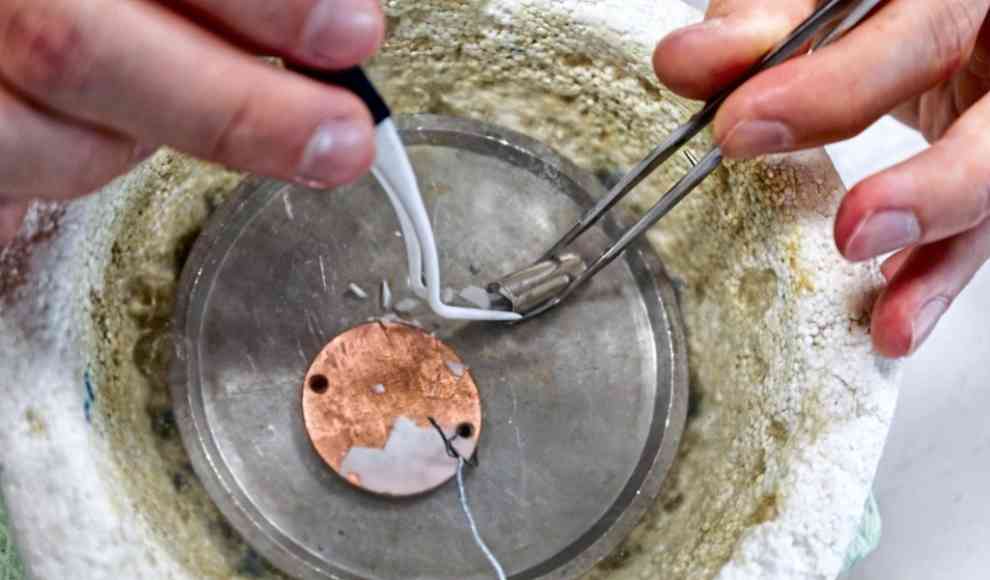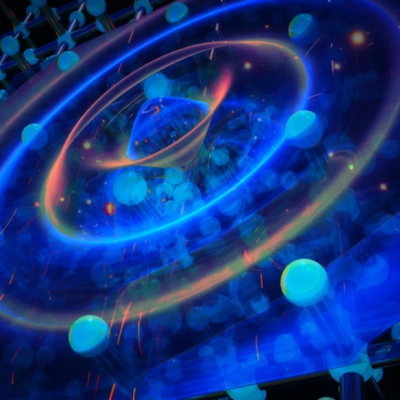New research from the Institute of Physical Chemistry at the University of Innsbruck has provided strong evidence for the two-liquid model of water, which could explain the density anomaly of water. Water is unique in many ways, with one of its most notable properties being its density anomaly, which means that water has its highest density at four degrees Celsius, rather than as ice at zero degrees Celsius. Physicists have long theorized that water consists of two different liquids with different densities, but this has never been experimentally proven. However, the team at the Institute of Physical Chemistry has now provided further evidence for this two-liquid model, having successfully demonstrated two forms of glassy water experimentally.
Water is the only substance that exists naturally in solid, liquid, and gaseous states, with ice being the only form of solid water on Earth’s surface. However, there are many other forms of ice, such as the recently created Ice XVI, as well as numerous crystalline and amorphous forms of water that form under specific conditions, such as low temperatures and high pressure. One of these subtypes of amorphous solids is glass, which forms when a liquid is rapidly cooled and solidifies while retaining its disordered microscopic structure. In their experiments, the researchers were able to demonstrate that glass made from water at high pressure transitions to a different glass form. The two forms differ in their material properties and microscopic structure.
To achieve this result, the researchers developed and improved an apparatus over several years that could cool water from a few degrees Celsius to minus 196 degrees Celsius in just 20 microseconds. The glassy water was then subjected to a pressure of more than 10,000 atmospheres in a cooled high-pressure cell, causing a sudden compression into the second, previously unknown glass form. This was confirmed through X-ray analysis, and the researchers believe that this is “the first clear experimental confirmation of the existence of two glasses made from water.” This finding provides a strong indication of the two-liquid model of water, if not outright proof.
Understanding that water consists of two different liquids could help explain the unique properties of water, according to Thomas Lörting, the lead researcher on the project. The research was published in the journal PNAS, and the team hopes that their findings will contribute to a better understanding of water’s properties and behavior.










